The Tradition Of Releasing The Soul Through A Cremation Ceremony In Ubud, Bali, Indonesia











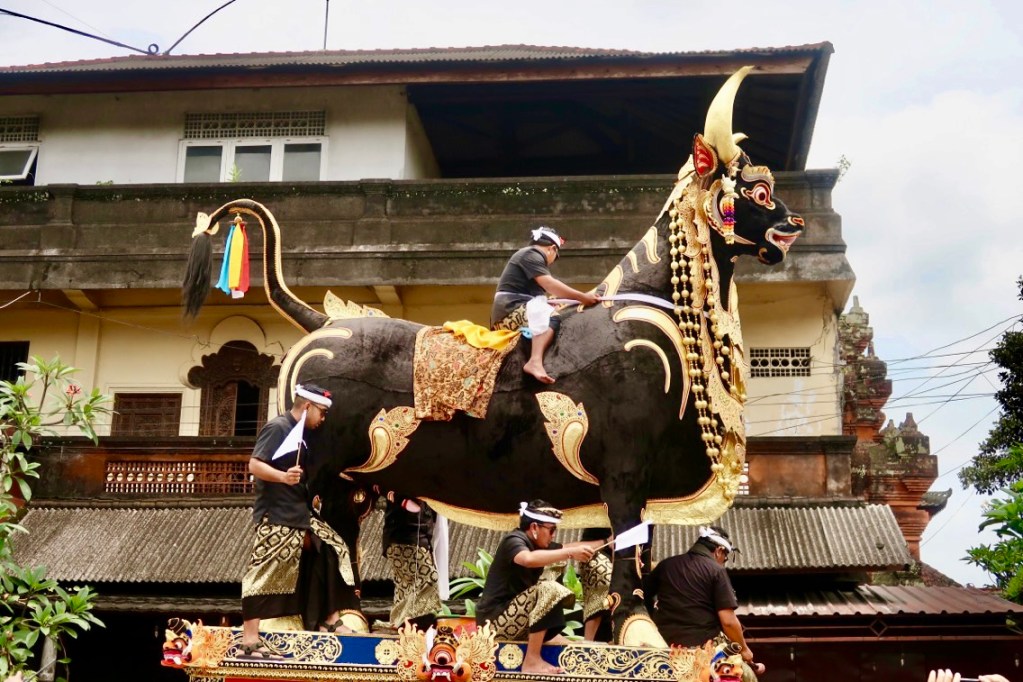
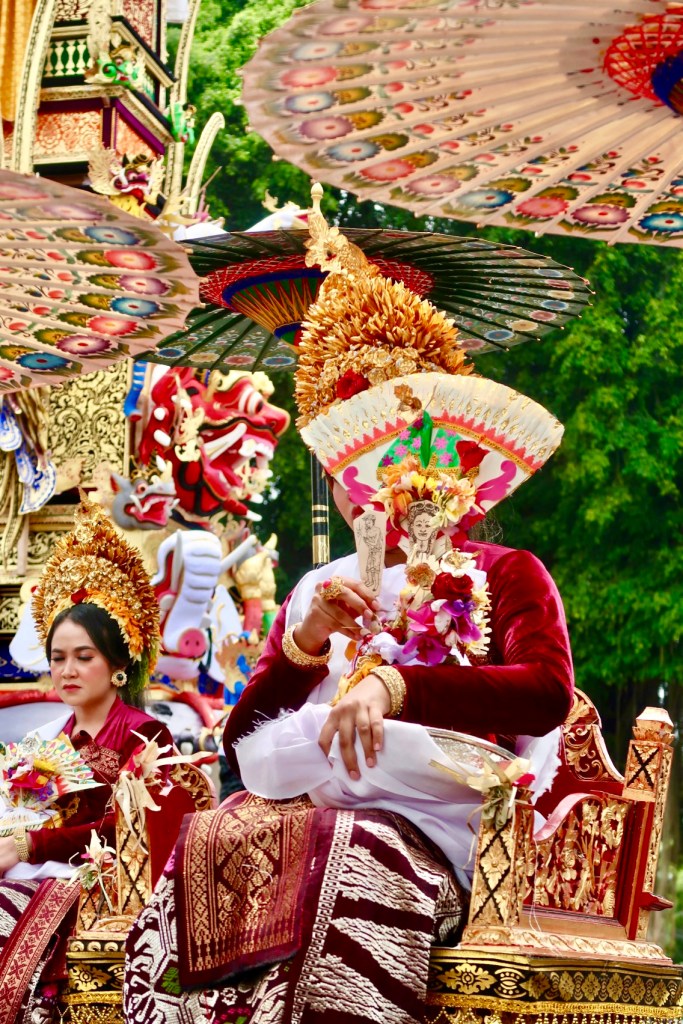






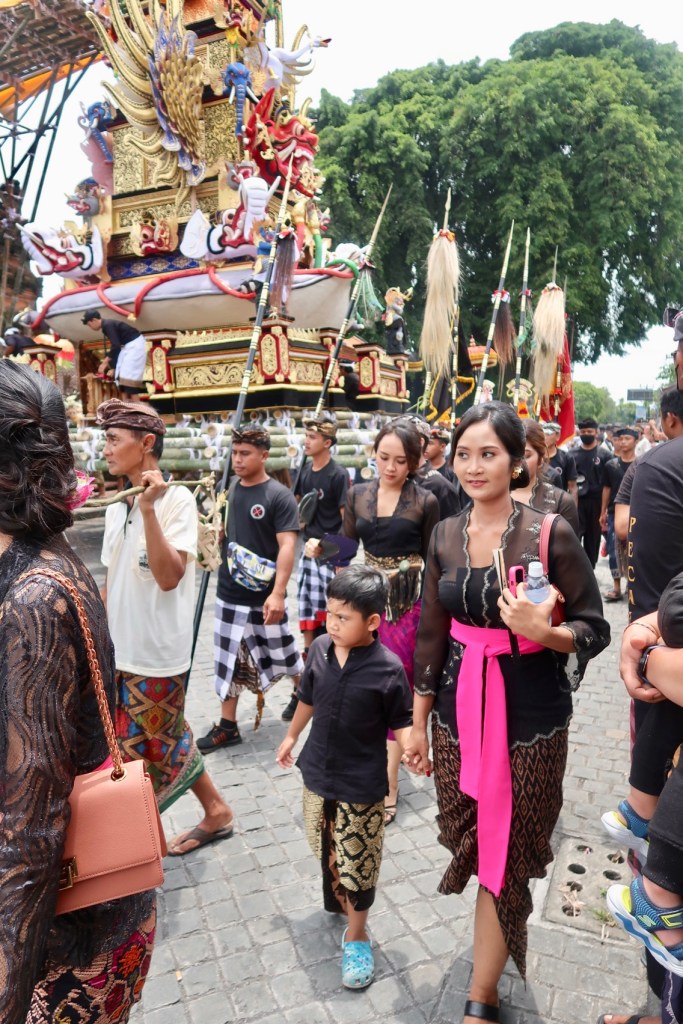
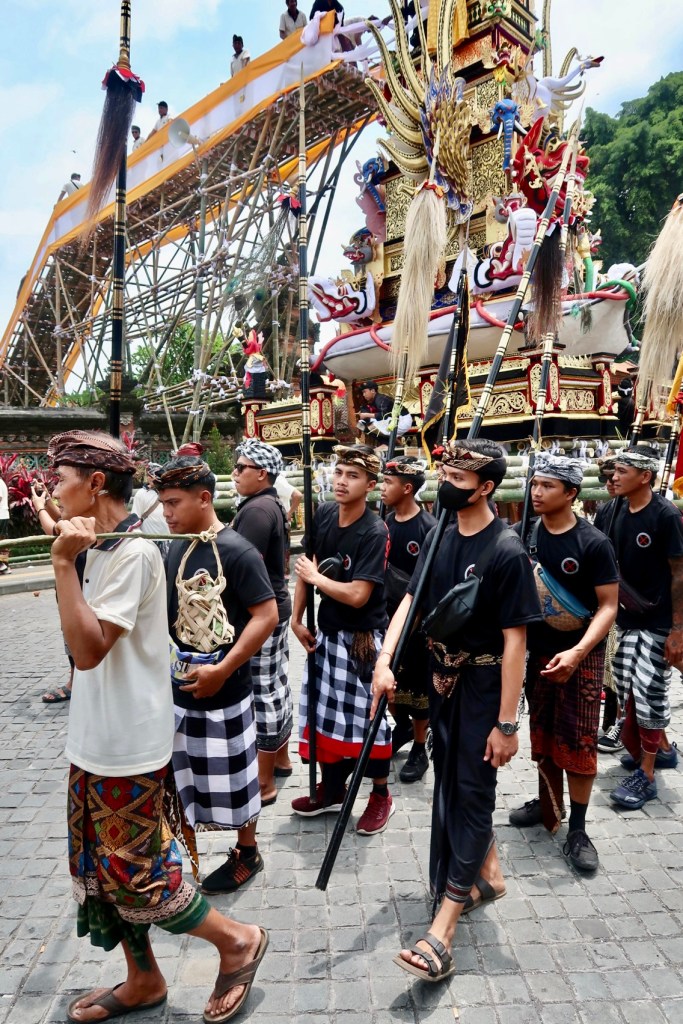



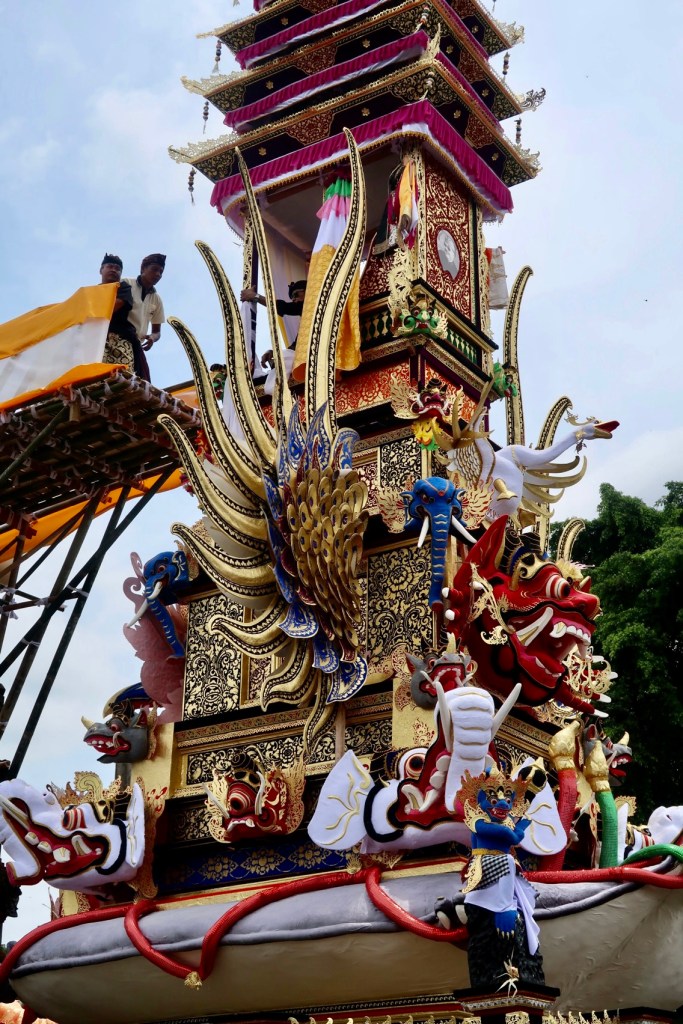












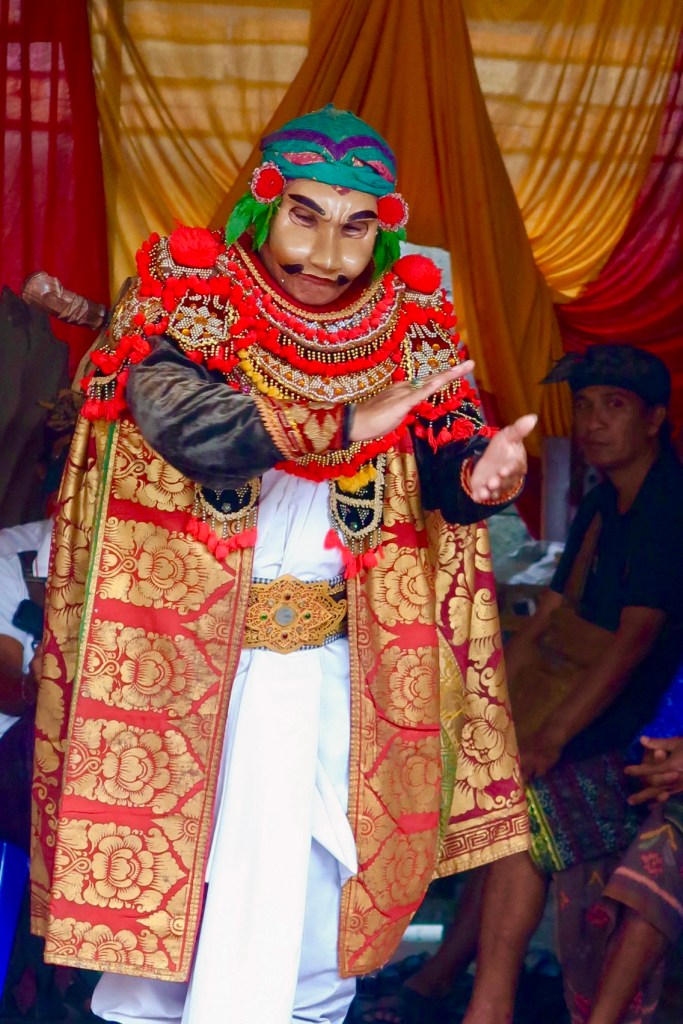


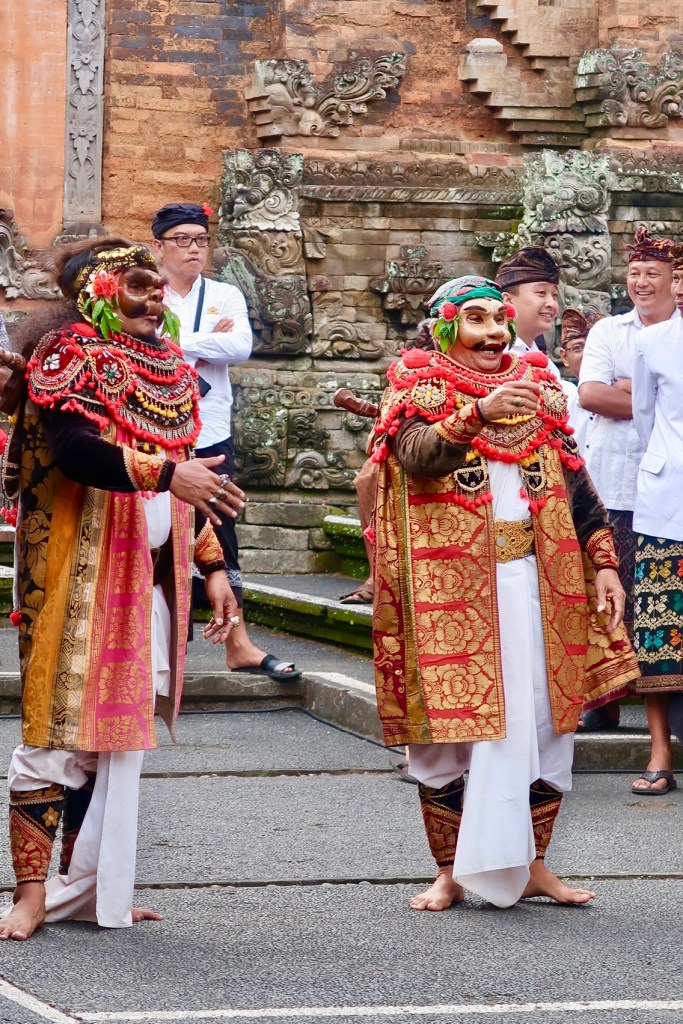

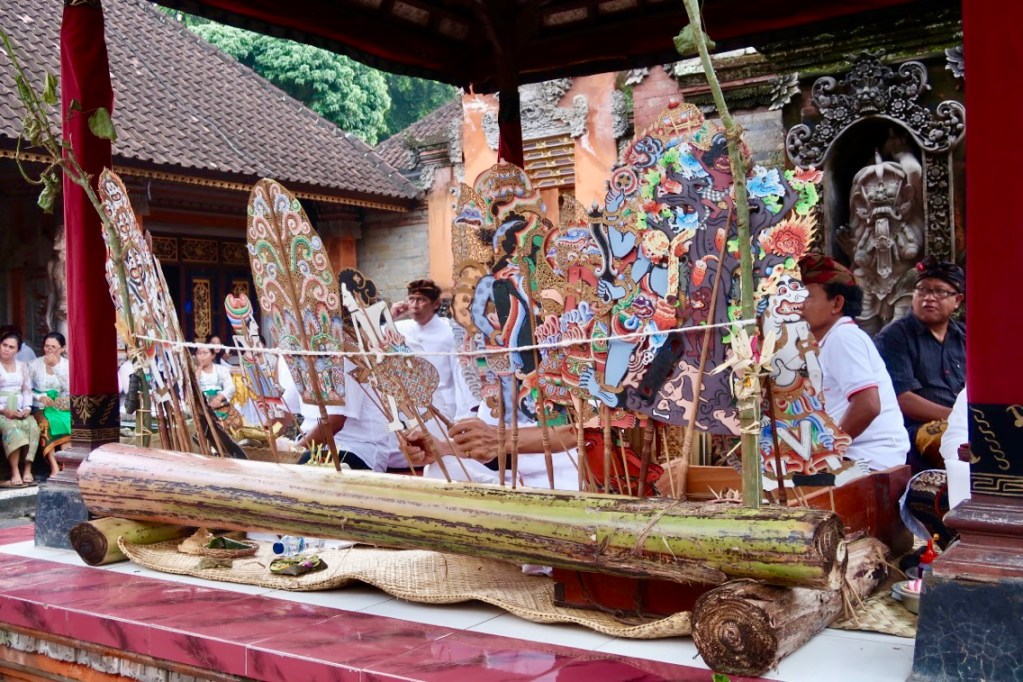



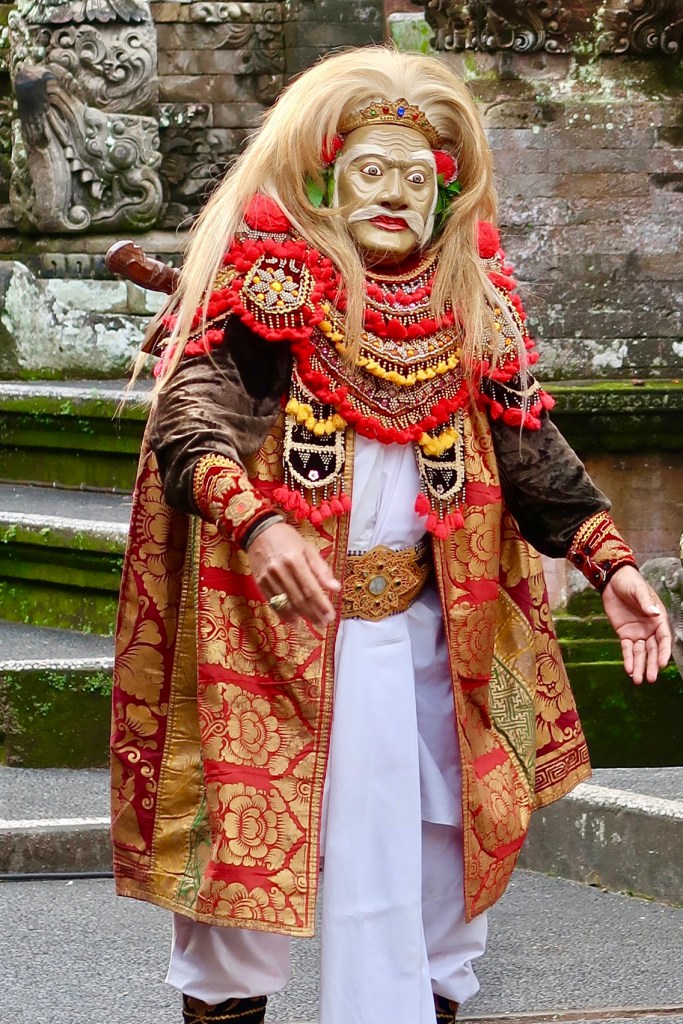






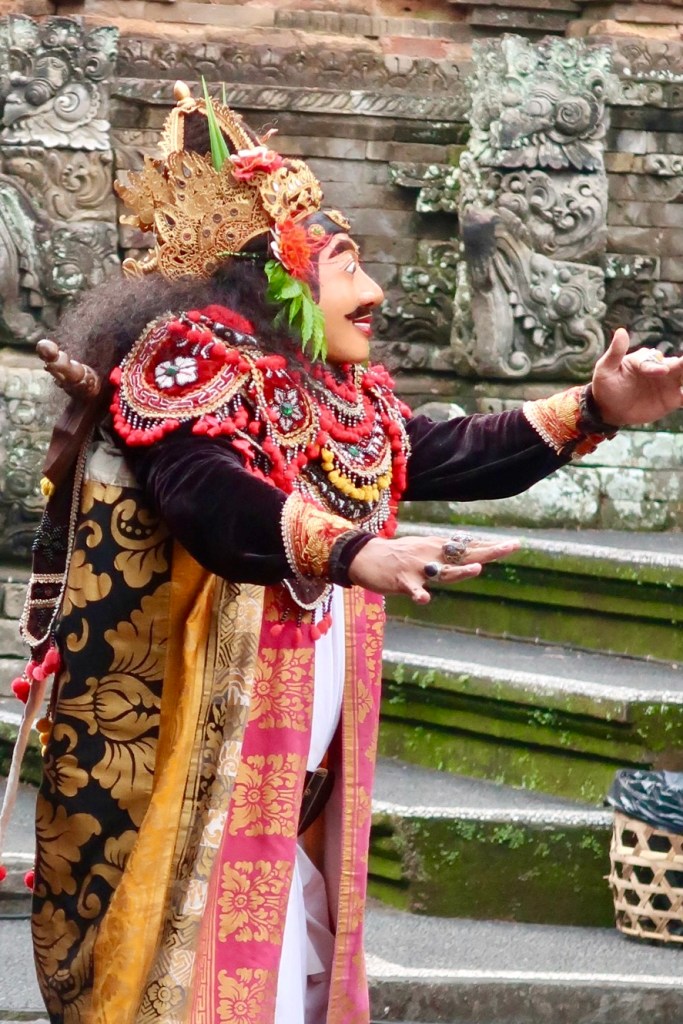














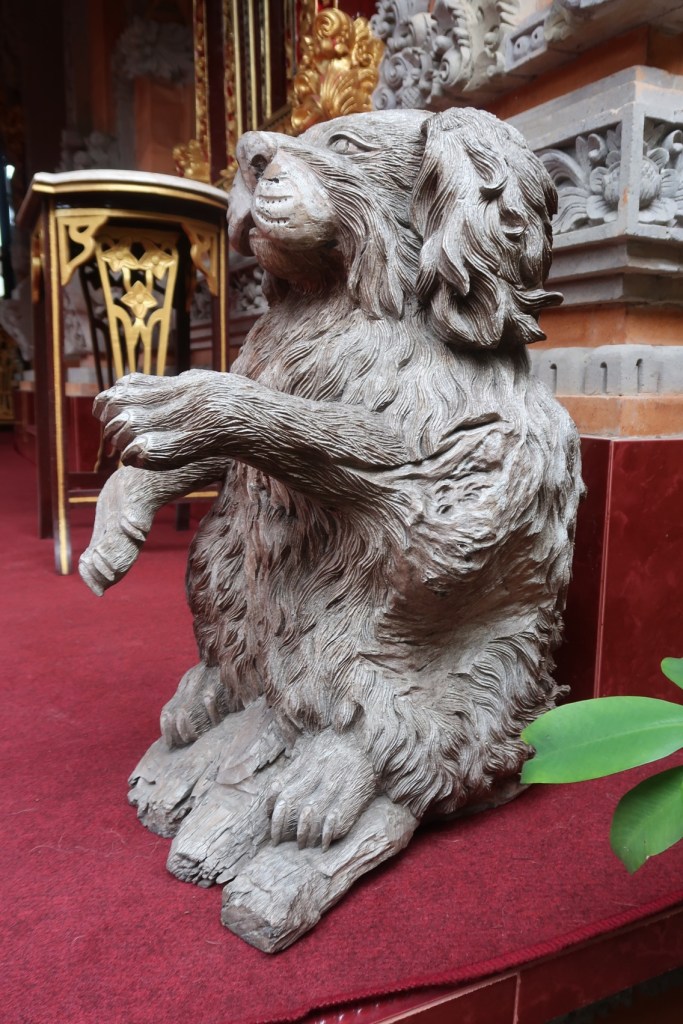






The Tradition Of Releasing The Soul Through A Cremation Ceremony In Ubud, Bali, Indonesia
We were invited to a major cremation ceremony that took place on the grounds of the palace of Ubud, by our Shadow Puppet making teacher, Nyoman Putra, and his wife, Cok-In.
There are two royal palaces in Ubud.
The big celebration a day before the parade, and the actual cremation, took place in the Peliatan Royal Palace.
The palace was beautifully decorated with flowers and woven palm leaves. Men and women in their finest sarongs gathered at the palace.
Balinese men wear two sarongs layered on top of one another.
The first layer is usually bright with a beautiful pattern, while the top layer sarong is a bit less bright, exposing in a bespoke way, only the last few inches of the bright sarong at the bottom.
Men also wear a traditional hat that looks like a bandana that is wrapped around the forehead.
The women wear sarongs with stunningly beautiful patterns, depicting dragons, cranes, flowers, leaves, and geometric patterns that are very pleasing to the eye.
They wear long sleeve white shirts that are beaded with pearls or lace, and tie a wide piece of fabric belt to their waists.
I felt very underdressed in my ugly “tourist sarong,” and vowed to buy both Jules and myself, nice local sarongs for the cremation the next day.
My feeling of embarrassment grew bigger, as we noticed that we were the ONLY foreigners invited to the pre-cremation ceremony in the palace.
It was a much anticipated cremation ceremony of a member of the royal family, and this was a big communal gathering.
Artists and musicians were invited to perform at the palace for the participants.
It seemed like we waited forever for the performers to start.
More and more people with beautiful sarongs came in, and boxes with traditional snacks and water were handed out as party gifts.
I tried to refuse the first few offerings, but it seemed like we were offending them by refusing, so we took the snack boxes and expressed our gratitude.
Putra came over to sit with us for awhile, until his shadow puppet performance was scheduled to begin.
He suggested that we walk around the palace grounds, and look at the different courtyards which included the hall where the previous king’s memorial grave is located.
We admired the sculptures and design of the old palace and then returned to our seats.
About an hour and a half later, the performances began.
Two high priests climbed up the high stage tower, and got into their white dress priestly outfits.
They wore crowns like royalty and shiny beaded necklaces, and held wooden canes that had cobra snakes on the tops.
We thought that each artist would perform one after the other, but instead the celebrations started with everyone performing at the same time.
In one corner of the courtyard, there was a masked dance going on, with three masked men dancing and arguing in a theatrical way to the beautiful music of the gamelan.
Putra had his selection of shadow puppets which he displayed and played, his voice only audible to those who came nearby to look at his movements.
He had his own musicians playing behind him.
At the same time, the two high priests were performing rituals in their royal attire.
Outside of the palace, the body that would be cremated the very next day was placed inside a big black bull that was built for the purpose.
It was decorated with gold necklaces and was really impressive to behold..
It was a very tall bull, perhaps tens of feet high, and it was placed on a big bamboo palanquin that would be carried by dozens of men in rotation, all the way from the palace to the cremation grounds.
The celebration continued until nighttime, and was very heartwarming to see.
There were mask dancing, music and shadow puppet performances, done not for the tourists, but for the local community in Ubud, performed by the city’s very best artists, for a royal cremation at the royal palace.
We felt very privileged to be the only foreigners invited to this pre cremation celebration in a city so full of tens of thousands of tourists.
The next day at noon, dressed in the new sarongs that we had bought for the occasion, we gathered along with the whole city and its many tourists to watch the bull being carried to the cremation grounds.
I will sum up here a few details about the cremation ritual as it is practiced in Bali.
It is believed that the circle of life, includes life, death, and rebirth.
This cyclical concept of existence lies at the very heart of Balinese Hinduism.
Putra explained to us that the circle of life is illustrated through symbolic images, and is depicted in Balinese art in this way:
The rice is eaten by the grasshoppers, who are eaten by the birds, who are eaten by the small animals like foxes and cats, who are eaten by the crocodiles, who are eaten by the tigers, who are shot by the humans who then die and their bodies return to the soil where they decay, and the sun, rain, water and fire turn them into compost and soil in which new rice grows, and thus the whole circle of life starts again.
During each life on earth, the eternal soul occupies a temporary vessel in the form of a physical body.
At death, the body must be returned to the five elements.
Only then can the soul be released and reincarnated into another body.
Everything in the universe comes from these five elements: Wood, Fire, Earth, Water, and Metal.
From the smallest molecule to the biggest elephant to the solar system itself, all things are said to be composed of some combination of these elements.
The Balinese cremation ceremony, is a complex, multi day celebration, culminating with the spectacular burning of the corpse, along with valuable ritual objects that were created for the cremation.
The day of cremation is very important for the release of the soul, and to ensure a straight and unobstructed path to heaven.
Putra told us that tomorrow was determined to be a very auspicious day to release the soul of the dead from the body through cremation.
The body is first washed and groomed, then wrapped in cloths or mats.
A raw egg is rolled across it and then it smashes to the ground, removing all impurities.
Due to the huge amount of time and expense that is involved in the cremation, it is common to postpone a cremation for months or even years.
In the meantime, the body of the deceased is kept in dry ice, but in the past before the invention of dry ice, the body was temporarily buried and the body exhumed and then cremated on the most auspicious day determined by the high priests.
Once a favorable day has been chosen, the whole community, including ritual specialists, artists, priests, family members, friends, neighbors and people of all ages, were called upon to prepare for the cremation ceremony.
Colorful offerings were created, and talented artists built the impressive tower and the black bull in which the body was cremated.
The high priest prayed for a favorable treatment of the soul in the afterlife.
Various types of holy water were made and offerings were purified.
On the day of the cremation at noontime, once the sun passed its zenith, loud gong music was played and a lively procession of musicians and dozens of men in sarongs and matching t-shirts, carried the big bull from the Palace to the cemetery.
A colorful tower (called wadah or bade) made from wood, bamboo and colorful paper decorated with elephant heads and Garudas, was also shouldered by scores of shouting men running for a hundred meters before stopping to rest..
The platforms at the base of the bull represent the earth, sometimes resting on the cosmic turtle and serpents of the underworld.
On the back of the tower was a winged and fanged face of the son of the earth, and higher up a goose symbolizing purity.
The top of the tower, was decorated with a number of roofs representing the layered dimensions of the heavens.
The caste and clan of the deceased determine the number of roofs.
There are eleven levels for royalty, less for people of more humble birth.
The procession was very exciting.
We walked ahead of the palanquin, and ran to the sidewalks as the musicians started playing and the carriers started running with the heavy platform.
The music made my heart beat faster.
Arriving at the cemetery, a pair of birds was set free, symbolic of the soul's release.
The tower and the bull were placed facing each other.
Sometimes the sarcophagus is not a horned bull, but another mythical animal such as a winged lion.
Offerings were placed below the bull sarcophagus and the fire started.
The sarcophagus and corpse were consumed by the hot flames.
It was a bit smoky and very hot, so we took shelter in a cafe.
The tower was burned separately, a bit later.
Death is seen as an opportunity to heal all karmic duties toward the deceased, and there is usually no public display of mourning.
Weeping near a corpse is believed to disturb the soul, making it unwilling to leave the physical realm.
Grief, if felt, is expressed only at home and in private.
When the corpse was finally reduced to ashes, the flames were doused and the family hunted for bone fragments, forming them into a small human shape.
The bones are then pulverized and placed in an effigy made from a coconut, which is taken to the sea or the river and then cast into the waters.
The next day was our last day of the puppet making course.
I chose to make a crocodile puppet and Jules chose to make a hanuman monkey carrying a baby monkey.
I asked Putra about the roll of the crocodile in shadow puppet stories.
He said that there are many obstacles in the soul’s journey to the heavens.
They call it “Buaya.”
The spirits of ferocious tigers, big dogs and deadly crocodiles can be encountered.
By being kind during our lifetime to these animals, and by making offerings to the spirits of these animals, we plead with them not to block our path to heaven.
These daily offerings are placed on a cut Banana leaf, sprinkled with salt, a bit of cooked rice and sometimes small pieces of meats, and are offered to stray cats and dogs, and to the birds.
Putra told us that his son was one of the musicians that rode on the bull on the way to the cemetery.
The role of the musicians is to help release the soul and to transport the participants to higher dimensions.
He added:
“The musicians start by striking hard to startle the crowd and to grab our attention, and then they make us fly…. Fly high….”
From Bali with eternal love,
Tali